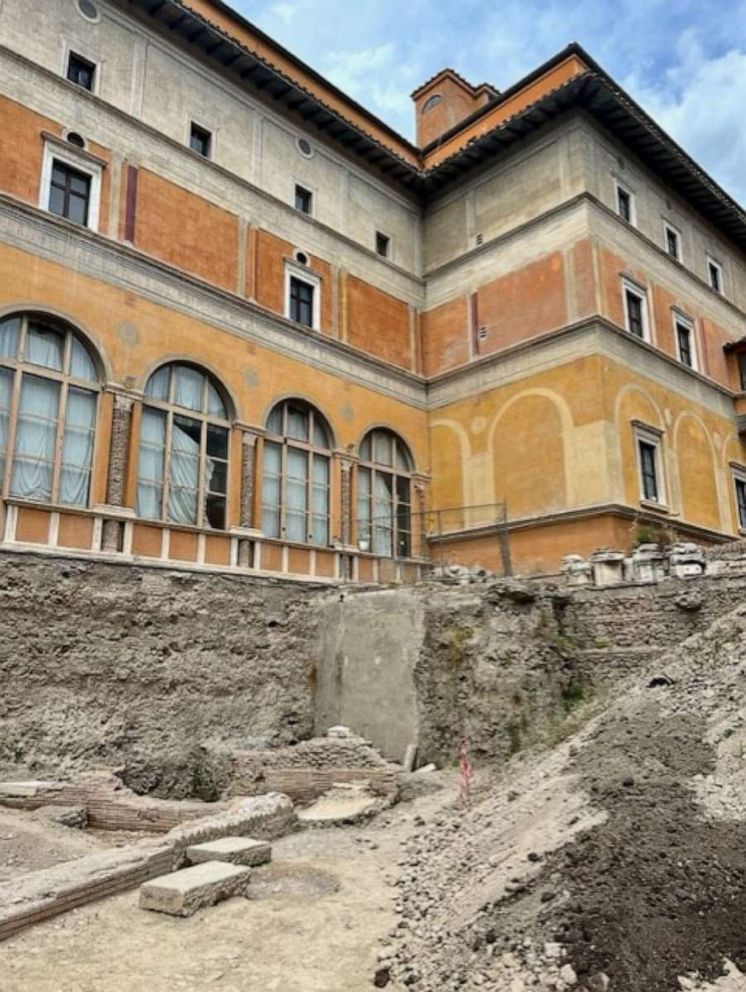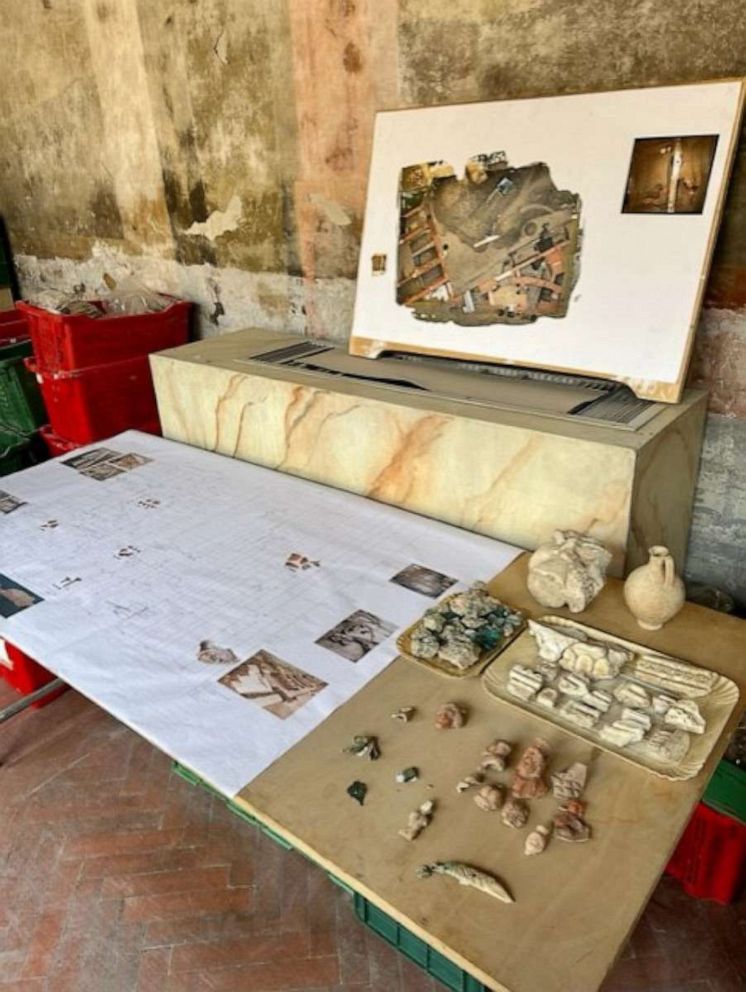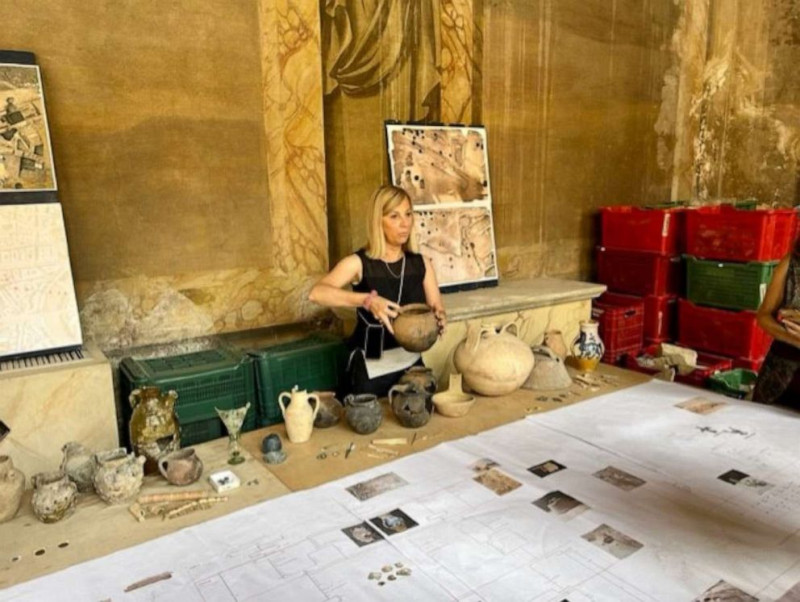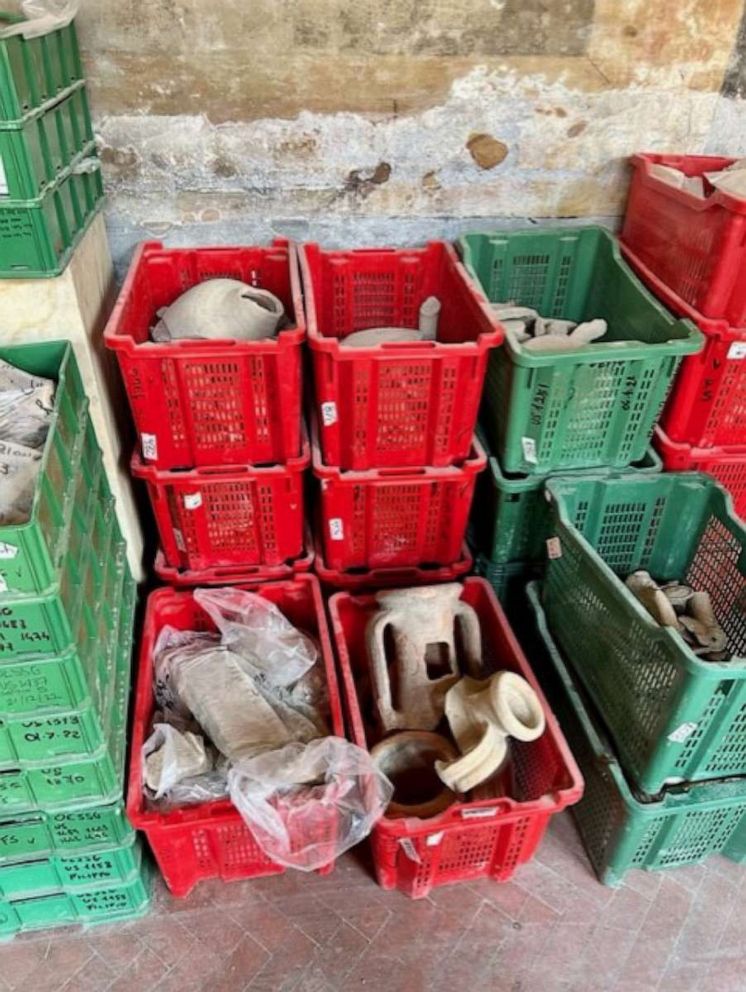Archeologists uncover ruins believed to be Roman Emperor Nero’s theater near Vatican
"What an artist dies with me!"
Nero, the emperor of Rome from AD 54 until AD 68, reportedly uttered those famous last words before his death in exile. Experts believe he may have left behind evidence of his love of the arts in the form of a theater he built near what today is the Vatican.
An archaeological excavation carried out in the courtyard of the frescoed Palazzo della Rovere has brought to light structures and decorations that experts say could be the remains of that theater.

Daniela Porro, the special superintendent of Rome, said Wednesday this "exceptional" discovery is believed to be the place where Nero held rehearsals for poetry and singing performances, which were mentioned in Roman writings, but until now never located.
Archaeologists have been working on the site since 2020 and say they've found part of the hemicycle-shaped seating section, along with elegant columns in precious and valuable marbles, refined decorations in gold-leaf on stucco and storage rooms for costumes and scenery.

The dig, which was carried out in a circumscribed area within the walls of the grand palazzo, situated on Via della Conciliazione, just a few steps from St. Peter's Square, also gifted other rich historical findings. These include the possible remains of the Horti di Agrippina, which is where Caligula built a large circus for horse racing, as well as traces of the production and pilgrimage activities from the medieval age and even artifacts from the 15th century.
MORE: From fossils discovered in Mongolia to 19th century shipwrecks, some of the biggest discoveries of the year
Archaeologists say they're particularly thrilled to have found rare specimens of medieval glass goblets, cooking pots to make bread in, coins, bits of musical instruments and combs made from bone, "tools" used to make rosary beads and small insignia of medieval Christian devotion worn on pilgrims' clothing.

Archaeologist Marzia Di Mento, who is in charge of the dig, says that the findings will take years to study.
"It is a superb dig, one that every archaeologist dreams of…..being able to dig in this built-up historically- rich area is so rare," she said at a press conference.

Archeologists say work is still in progress to study, catalogue and analyze all the findings before the area will be covered over for protection and the grand palazzo and garden restored to its original Renaissance grandeur.
MORE: Archeologists find ancient tomb of temple guard near Giza Pyramids
Part of the building will become a Four Seasons hotel that is expected to open in 2025.
Local officials say the artifacts will be put on display and all the dig's findings put in a city-run public databank to add to the wealth of information gathered over the years on life in Rome throughout the centuries.
Disclaimer: The copyright of this article belongs to the original author. Reposting this article is solely for the purpose of information dissemination and does not constitute any investment advice. If there is any infringement, please contact us immediately. We will make corrections or deletions as necessary. Thank you.







